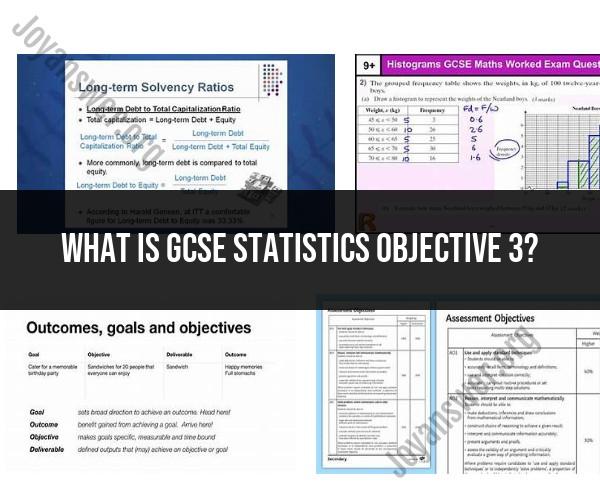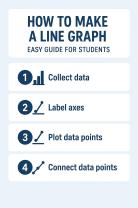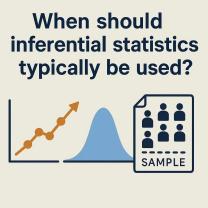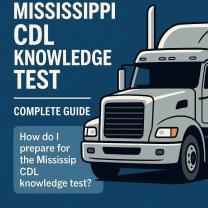What is GCSE Statistics objective 3?
In the context of General Certificate of Secondary Education (GCSE) Statistics, Objective 3 typically refers to a specific learning focus or goal within the curriculum. GCSE Statistics is a qualification in the United Kingdom usually taken by students aged 14-16 as part of their secondary education.
The specific content and objectives of GCSE Statistics may vary depending on the exam board or syllabus being followed. However, Objective 3 generally relates to statistical concepts and skills that students are expected to learn. It might include topics such as:
Data Handling: Understanding how to collect, organize, and represent data using various methods like tables, graphs, and charts.
Measures of Central Tendency: Learning about mean, median, and mode as ways to summarize data.
Measures of Spread: Understanding concepts like range, interquartile range, and standard deviation to describe the variability in data.
Probability: Introducing basic probability concepts and calculations, including probability distributions.
Statistical Analysis: Using statistical techniques to analyze data, make predictions, and draw conclusions.
Sampling: Understanding the principles of sampling and how to use it in statistical investigations.
Inferential Statistics: Learning how to make inferences about populations based on sample data.
The specific learning objectives within Objective 3 may vary from one curriculum to another, so it's essential to refer to the specific syllabus or course materials provided by the examining board or educational institution to get a detailed understanding of what students are expected to learn in this context.












